Joint Pain after Covid Recovery
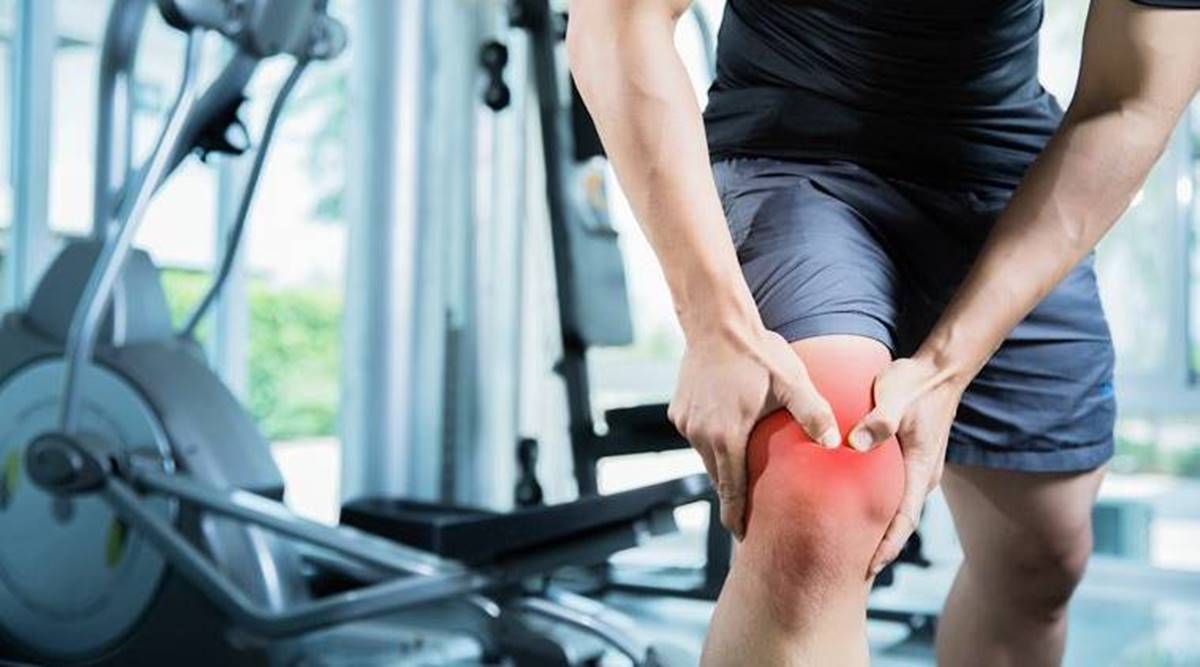
Many people continue to suffer from musculoskeletal problems including joint pain, backache, muscle pain, fatigue, and stiffness in joints even after recovery from the novel coronavirus infection. The systemic inflammatory response to SARS-CoV-2 adversely impacts the musculoskeletal system.
The SARS-CoV-2 virus is responsible for COVID-19 affecting millions of people around the world. There is a wide range of symptoms affecting people, which continues to grow as experts learn more about the illness. While viral infections can also cause joint swelling, it is usually not a common symptom of COVID-19.
Many people experience joint swelling due to viral arthritis that worsens after COVID-19 infection. It has been observed there is also a growing number of reports of reactive arthritis associated with COVID-19. This in turn puts people with arthritis at a higher risk of severe symptoms and additional complications of COVID-19.
Some people may also confuse joint swelling with joint pain or arthritis with arthralgia. While muscle and joint pain can be a symptom of COVID-19, it does not typically co-occur with the swelling and inflammation of a joint, which is characteristic of arthritis.
Joint pain and swelling a symptom of Post Covid-19
COVID-19 infection has a wide range of symptoms appearing 2–14 days after exposure to SARS-CoV-2. These symptoms include:
- Fever or chills
- Cough
- Shortness of breath or difficulty breathing
- Fatigue
- Muscle or body aches
- Headaches
- Loss of taste or smell
- Sore throat
- Congestion or runny nose
- Nausea or vomiting
- Diarrhea
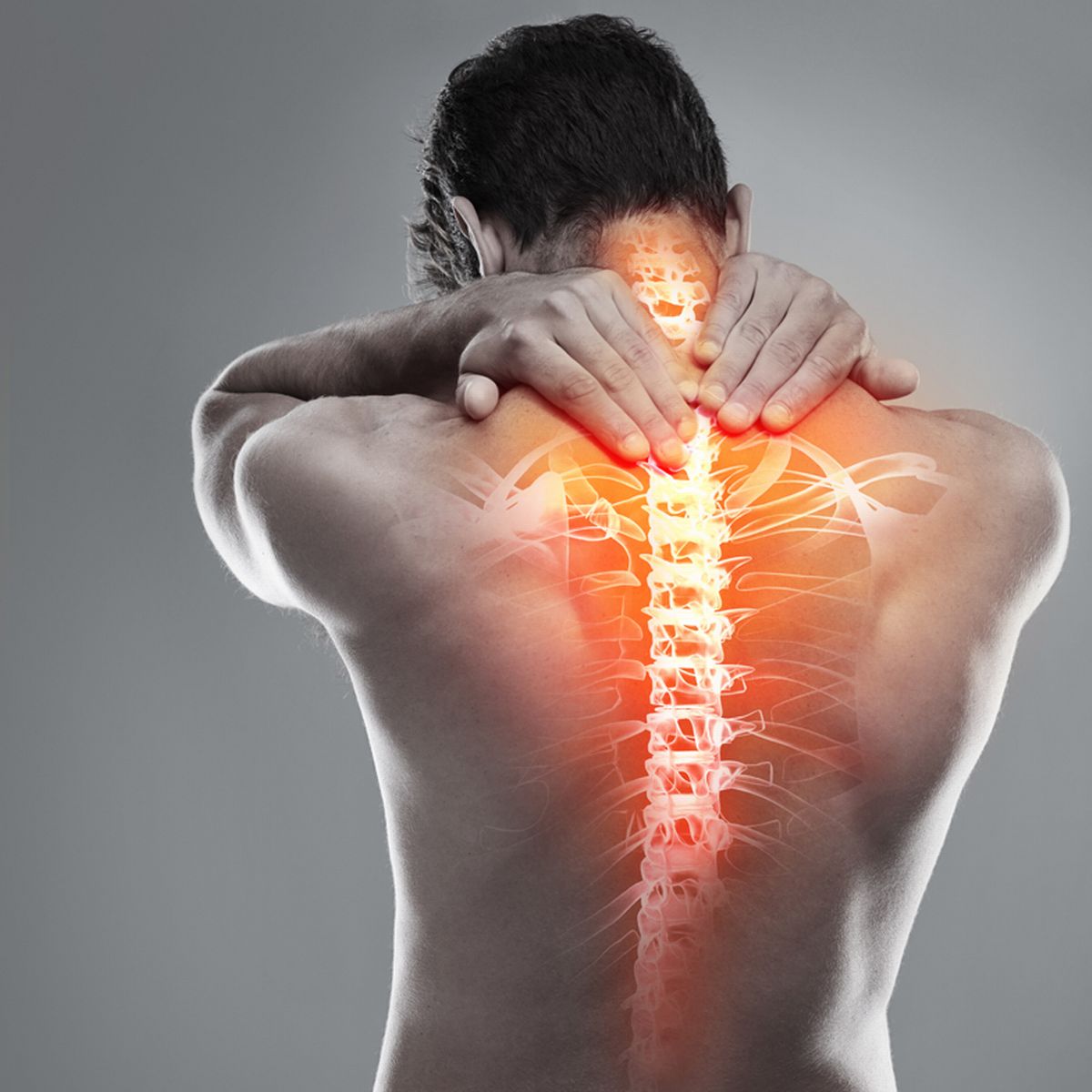
COVID-19 is a respiratory condition with a surprising number of symptoms occurring outside the lungs. Muscle pain is usually a common symptom of COVID-19, but people may also have muscle and bone symptoms.
Before getting ill with COVID-19 many people may have some aches and pains. Coronavirus infection may worsen these problems or make them come back. The condition of joints and muscles pain usually gets better when we regularly move, however, COVID restricts the movement.
When infected with coronavirus people become less active than usual that can cause aches and pains, stiffness, and muscle weakness. Muscle weakness impacts the activities such as standing, climbing stairs, gripping objects with your hands, or lifting your arms above your head. The joint and muscle pain can also be caused by extra stresses and strains on some of the medicines used for the treatment of COVID-19. These may lead to new or increased joint and muscle problems.
The muscle and joint complications of COVID-19 would include:
- Muscle inflammation.
- Nerve dysfunction causes weakness and numbness.
- Diseases of the joints.
- Abnormalities in soft tissues.
Researchers have found that people complain the most common problems after being unwell with COVID are shoulder and back problems. But, joint and muscle problems can occur in any part of the body. Some people complain about the widespread aches that can come and go for a time as you recover. Several people also have odd or altered feelings including numbness or pins and needles and weakness in the arms or legs.
Shoulder and arm problems after COVID
People sometimes may experience severe shoulder and arm problems after COVID, especially those who have been in hospital. The problem in the shoulder and arm could be a combination of pain, stiffness, numbness in the arms, and weakness in some muscles. Many of these problems will improve as the COVID-19 infection improve, but if you have severe problems contact your doctor or physiotherapist.
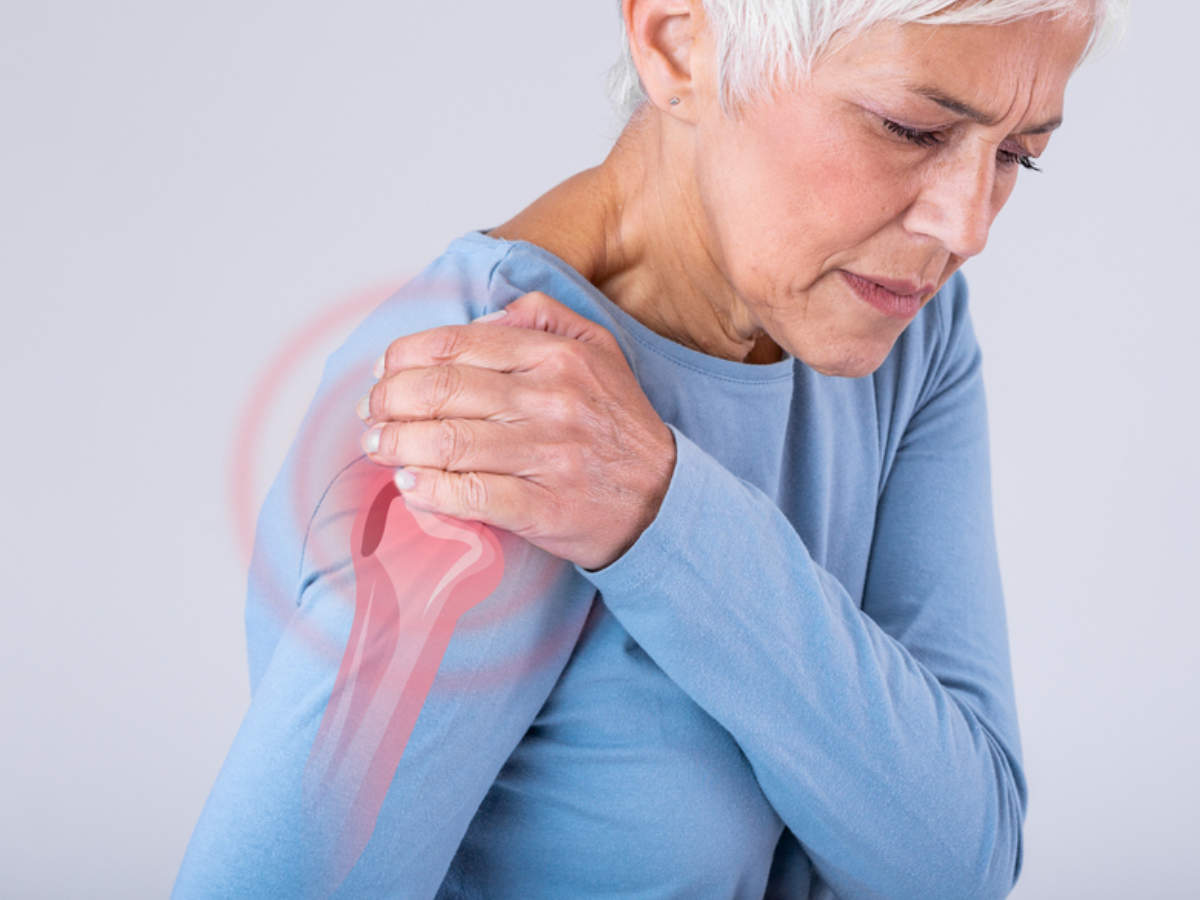
The joint pain occurring in post-COVID patients might be caused by an autoimmune attack on the joints. This is commonly seen in patients suffering from rheumatoid arthritis, or in some viral illnesses. An autoimmune attack occurs when one’s immune system mistakenly attacks the body. These attacks sometimes may damage knee joints to an extent leading to knee replacement surgery.
Same as an inflammatory response that damages the lungs, the cytokines also damage the joint capsule. The damage is commonly seen in other viral diseases such as coronavirus infection. Pains occurring in this condition lead to joint swelling that might be severe and long-lasting. These pains increase after a period of inactivity, like getting up from bed in the morning.
Joint and Muscle Pain after COVID Vaccination
Some people may even experience a reaction or adverse event after vaccination against COVID-19. These reactions may also include joint and muscle pain.
The immune system aims to protect the body from pathogens such as SARS-CoV-2. But, in some cases, the same immune response may cause an extreme inflammatory response that can affect multiple sites in the body.
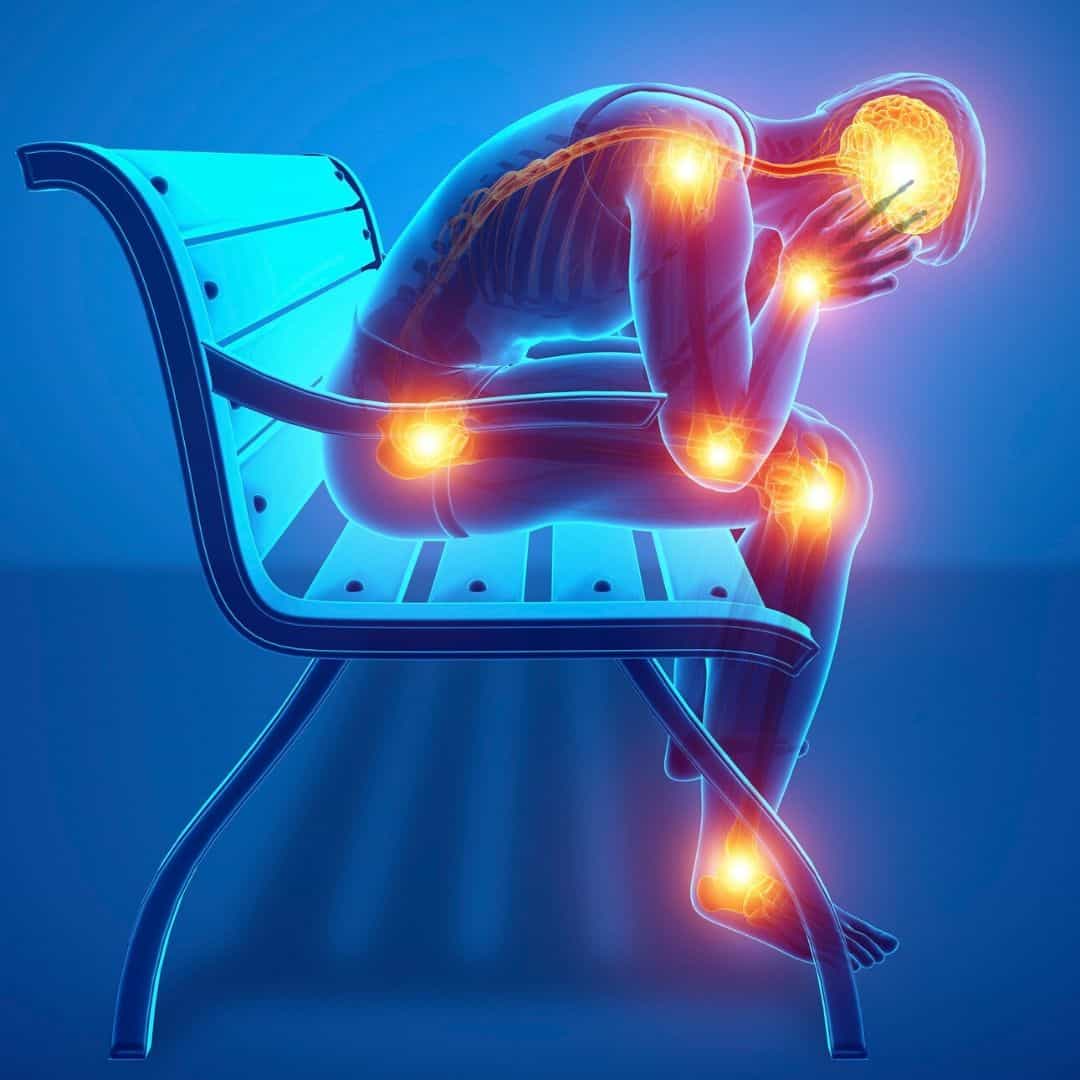
Some people may experience reactive arthritis, which is a type of inflammatory arthritis occurring several days to weeks after an infection or even vaccination. Though it is not common for respiratory infections like COVID-19 to cause reactive arthritis.
Returning to Usual Activity after COVID-19
The doctors suggest that the aim after COVID is to get back to your usual activities. It is advised to gradually increase the amount of movement and activity you do. It is necessary to move your joints and muscles but you need to pace yourself and rest when you need. You may also take care of any other symptoms, such as fatigue and breathing.
- Exercise: Exercise including strengthening and flexibility exercises help in reducing your joint and muscle problems. Flexibility exercises help improve the amount of movement in a joint or muscle, including:
- Stretching, by moving your joints as far as possible.
- Yoga.
- Tai chi.
- Climbing stairs
- Lifting weights
- Working with resistance bands
- Gardening activities
- Walking uphill
- Cycling
Strengthening exercises helps muscles to work harder than usual. These may include:
- Posture: This plays an important role in managing and reducing joint as well as muscle pain. You should change your position often and limit the amount of time you stay in one position. If you find your symptoms are worsening in a certain position, change to a more comfortable position or move around for a while.
- Painkillers: The joint pain can be initially dealt with with painkillers as well as ointments to reduce swelling. Ointments are usually available over-the-counter but painkillers should be taken as per the doctor’s prescription.
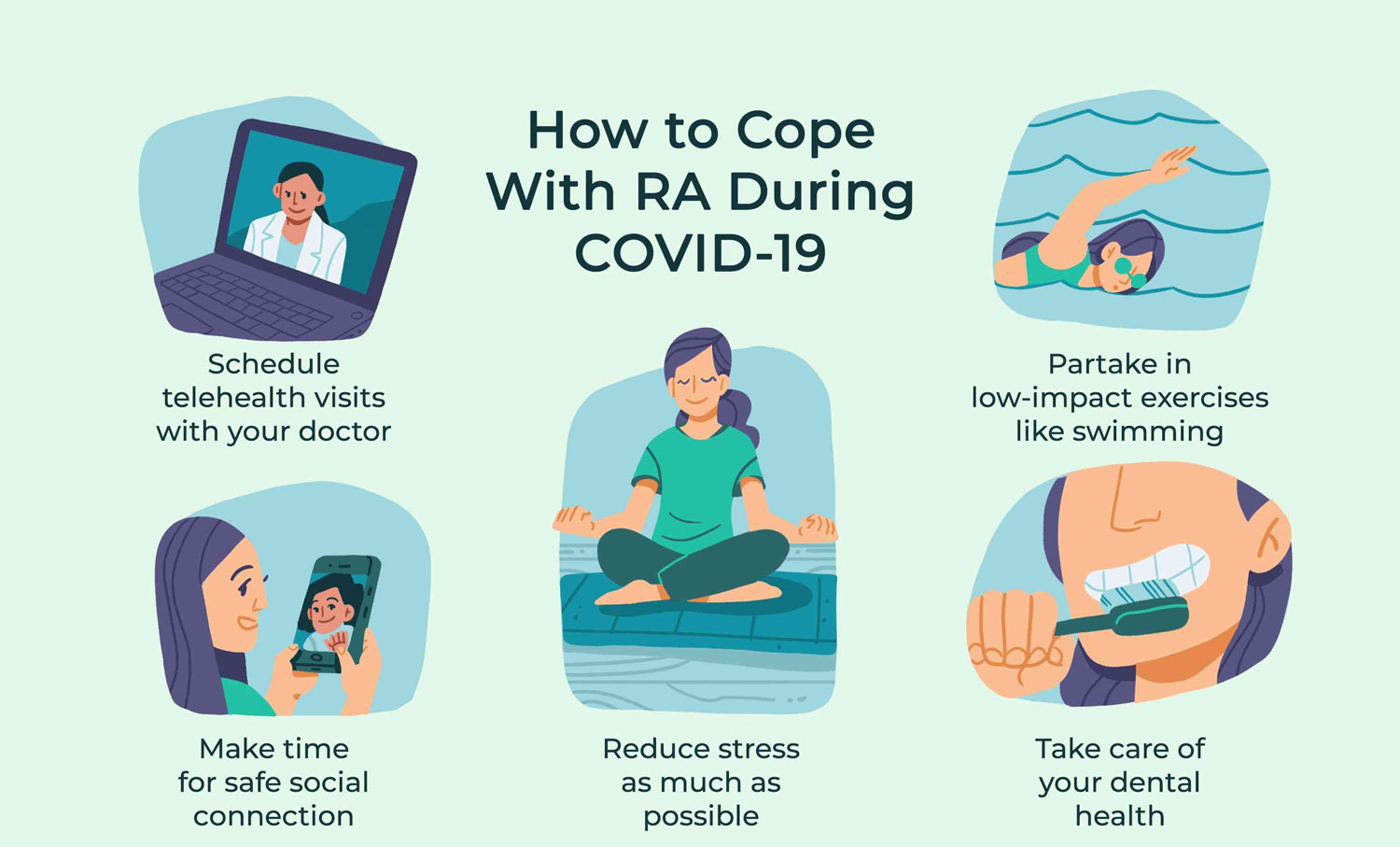
Recovery timeline
The duration of COVID-19 symptoms varies widely among people. You may often feel better within 2 weeks, but for some people, the recovery process may take much longer.
People suffering from long COVID may experience symptoms 60–90 days after the initial infection. But, some people may experience symptoms for a longer duration. In cases of clinical arthritis, the treatment may involve non-steroidal anti-inflammatory drugs (NSAIDs) and the joint swelling should resolve within a few days. In severe cases, this may persist for a few weeks.
Outlook
Although COVID-19 is a respiratory illness, it may cause other symptoms outside of the lungs. People may experience symptoms of muscle and joint pain, but it is not common for people to have joint swelling.
Although rare, viral and reactive arthritis may result in joint swelling that people may experience after a SARS-CoV-2 infection. The treatment regime involves anti-inflammatory medication to reduce joint swelling and other symptoms of COVID-19.
If you or anyone you know is suffering from the effects of Covid-19, our expert providers at Post Covid Centers will take care of your health and help you recover.
Call us on 469-545-9983 to book a telehealth appointment for a home check-up.
Post Covid Syndrome vs. Fatigue
While COVID-19 is a short-lived disease in most people, others experien...
Post Covid Syndrome vs. Skin Weakness Problems
A new study illustrates that some patients with COVID-19 disease have continuous skin-associated symptoms...
RELATED BLOGS
